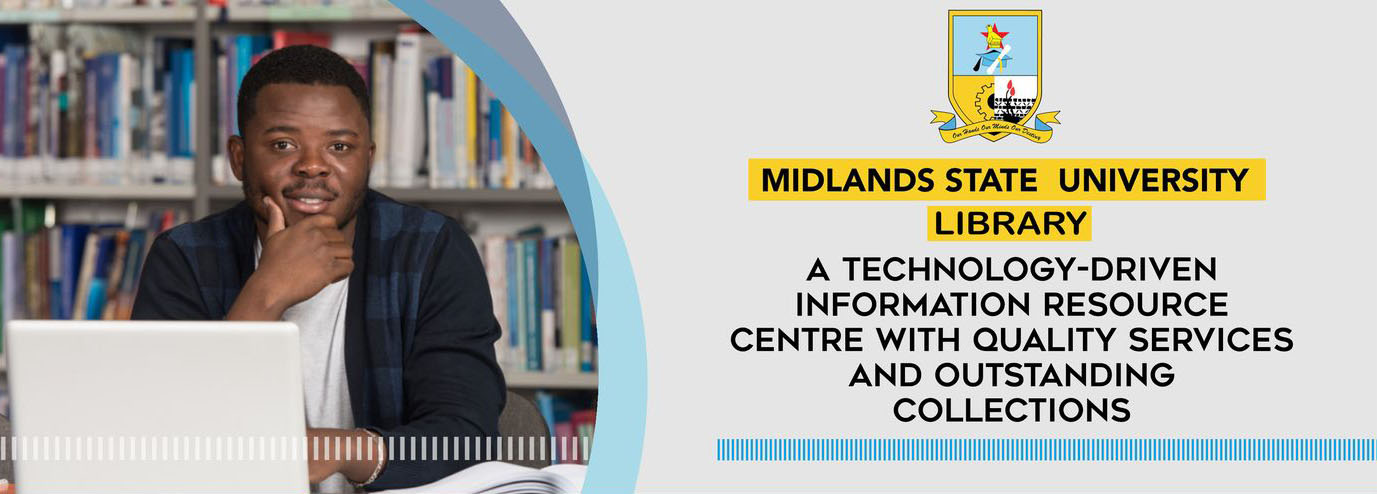Please use this identifier to cite or link to this item:
https://cris.library.msu.ac.zw//handle/11408/5975Full metadata record
| DC Field | Value | Language |
|---|---|---|
| dc.contributor.author | Loveness Muyengwa-Mapuva | en_US |
| dc.contributor.author | Jephias Mapuva | en_US |
| dc.date.accessioned | 2024-03-27T07:59:40Z | - |
| dc.date.available | 2024-03-27T07:59:40Z | - |
| dc.date.issued | 2014-07-10 | - |
| dc.identifier.uri | https://cris.library.msu.ac.zw//handle/11408/5975 | - |
| dc.description.abstract | Generally, regional integration is when a group of countries get together and develop a formal agreement (by way of treaties) regarding how they will conduct trade with each other. Ernst Haas, perhaps the most prominent integration scholar of the time, defined integration as follows: The process whereby political actors in several distinct national settings are persuaded to shift their loyalties, expectations and political activities toward a new centre, whose institutions possess or demand jurisdiction over pre-existing national states. The end result of a process of political integration is a new political community, superimposed over the preexisting ones.1Regional integration has manifested itself historically in Africa, America and Europe as a bureaucratic effort to facilitate political unification and expansion of capitalism.2 The establishment of regional economic blocs not only strengthens member countries' positions on the global political landscape and bargaining power on international issues, but also enables countries to collectively grapple with the region's economic progress. Individual countries within any given economic bloc cannot deal with the economic challenges single-handedly; hence the mooting of the idea of regional economic integration. Regional integration has been seen in Africa as a means of encouraging trade and securing economies of scale.3 Additionally, regional integration has become increasingly accepted as essential in facilitating economic and political development.4 Regional integration has been credited with providing an important step towards a wider global involvement5 and has exhibited the potential to promote economic growth and reduce poverty through increased exports of domestic goods.6 It has been envisaged that integration has the potential to promote growth and reduce poverty through the increase of exports of domestic goods. Consequently, several regional groupings have mushroomed in the post-war era across the globe, notably the European Union (EU) and the Association of Southeast Asian Nations (ASEAN). In Africa several regional groups have emerged, namely, the Economic Community of West African States (ECOWAS), the East African Community (EAC), the Common Market for East and Southern Africa (COMESA), as well as the Southern African Development Community (SADC), which is the focus of this article. This article seeks to unpack some of the challenges that the SADC has encountered in its regional economic integration endeavours.It can therefore be argued that the Southern African region is ideal for regional economic integration given the fact that it is characterised by many countries with small economies, an environment which is ideal for interstate trade and forging of economic links. This article seeks to present and discuss challenges that the SADC regional grouping has encountered in its effort to foster regional integration, by engaging in debate around the importance of regional integration and the reasons behind some of the challenges. | en_US |
| dc.language.iso | en | en_US |
| dc.publisher | African Journals on line (AJOL) | en_US |
| dc.relation.ispartof | Journal of Law, Democracy and Development, | en_US |
| dc.subject | regional integration | en_US |
| dc.subject | trade | en_US |
| dc.subject | political activities | en_US |
| dc.subject | political integration | en_US |
| dc.subject | SADC | en_US |
| dc.title | The SADC regional bloc: What challenges and prospects for regional integration? | en_US |
| dc.type | research article | en_US |
| dc.identifier.doi | http://dx.doi.org/10.4314/ldd.v18i1.2 | - |
| dc.contributor.affiliation | Department of Law Procedural Law | en_US |
| dc.contributor.affiliation | Faculty of Science Education, Bindura University of Science Education, Zimbabwe | en_US |
| dc.relation.issn | 2077-4907 | en_US |
| dc.description.volume | 18 | en_US |
| item.cerifentitytype | Publications | - |
| item.languageiso639-1 | en | - |
| item.fulltext | With Fulltext | - |
| item.grantfulltext | open | - |
| item.openairetype | research article | - |
| item.openairecristype | http://purl.org/coar/resource_type/c_18cf | - |
| Appears in Collections: | Research Papers | |
Files in This Item:
| File | Description | Size | Format | |
|---|---|---|---|---|
| The SADC regional bloc.pdf | Abstract | 116.93 kB | Adobe PDF | View/Open |
Page view(s)
352
checked on Nov 2, 2025
Download(s)
68
checked on Nov 2, 2025
Google ScholarTM
Check
Altmetric
Items in MSUIR are protected by copyright, with all rights reserved, unless otherwise indicated.



